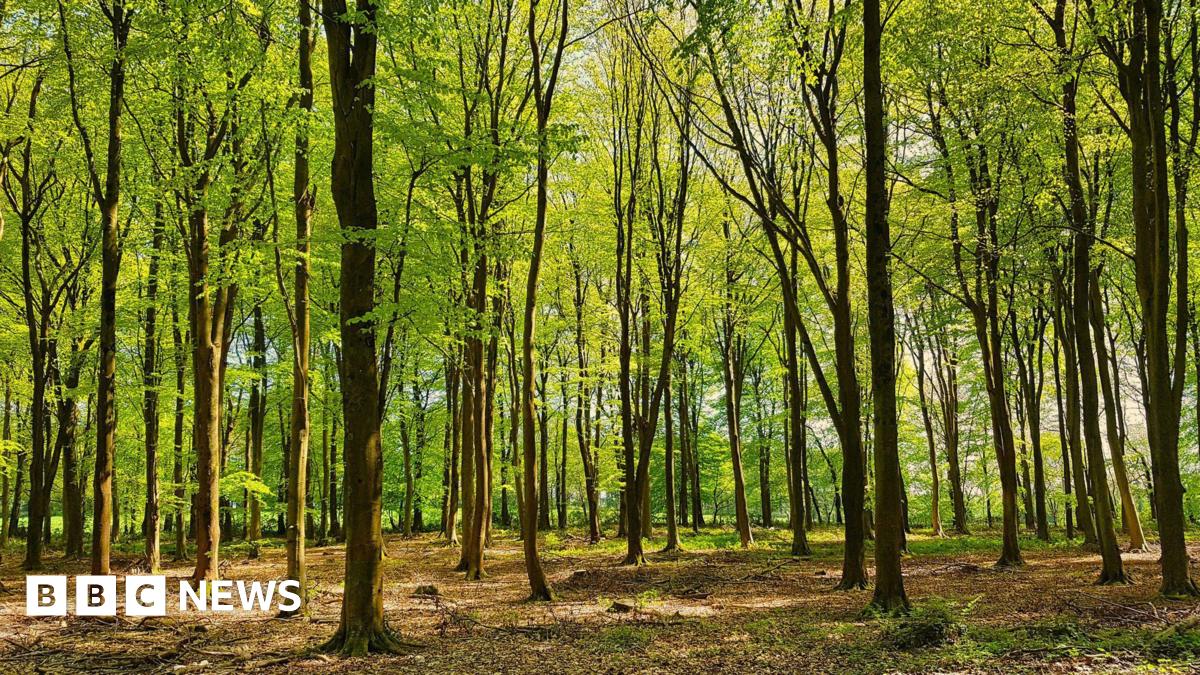2050 Vision: West's National Forest Grows – A Sustainable Future Takes Root
The West's National Forest is undergoing a dramatic transformation, fueled by a bold 2050 vision focused on sustainable growth and ecological restoration. This ambitious plan isn't just about increasing tree cover; it's about creating a resilient ecosystem that can withstand the challenges of climate change and provide lasting benefits for future generations. From innovative reforestation techniques to community engagement initiatives, the vision is shaping a brighter future for one of America's most treasured natural resources.
A Greener Future: Reforestation and Beyond
The core of the 2050 vision revolves around aggressive reforestation efforts. This isn't simply about planting trees; it's about strategically restoring diverse forest ecosystems. Key strategies include:
- Targeted Species Selection: Utilizing native tree species best suited to the changing climate, ensuring long-term survival and biodiversity. This includes research into drought-resistant varieties and those capable of adapting to fluctuating temperatures.
- Advanced Planting Techniques: Implementing innovative planting methods like drone-assisted seeding and mycorrhizal inoculation to improve survival rates and accelerate growth. These technologies are proving particularly crucial in challenging terrains.
- Combating Invasive Species: Aggressive management of invasive plant species that compete with native trees for resources, hindering reforestation efforts. This includes utilizing both biological and mechanical control methods.
Beyond the Trees: A Holistic Approach
The 2050 vision extends beyond simply planting trees. It encompasses a holistic approach to forest management, incorporating:
- Wildfire Mitigation: Implementing preventative measures like controlled burns and forest thinning to reduce the risk of devastating wildfires. These practices also improve forest health.
- Water Resource Management: Protecting and restoring watersheds within the forest to ensure clean water supply for both ecological and human needs.
- Community Engagement: Engaging local communities in the reforestation efforts, fostering a sense of ownership and ensuring the long-term success of the project. This involves educational programs and volunteer opportunities.
The Economic Impact: Jobs and Sustainability
The 2050 vision isn't just environmentally beneficial; it's also creating economic opportunities. The reforestation efforts are generating jobs in forestry, conservation, and related fields, boosting the local economy. Furthermore, a healthy and thriving forest ecosystem supports a variety of industries, from tourism to timber production (when managed sustainably).
Measuring Success: Monitoring and Evaluation
To ensure the vision's success, rigorous monitoring and evaluation are crucial. Scientists are using advanced technologies, including remote sensing and GIS mapping, to track progress and adapt strategies as needed. Regular assessments ensure the plan remains on track and allows for necessary adjustments based on data analysis.
Looking Ahead: A Legacy for Generations
The 2050 vision for the West's National Forest represents a significant commitment to environmental stewardship and sustainable development. By combining scientific innovation with community engagement, this initiative is laying the foundation for a healthier, more resilient forest ecosystem for decades to come. This ambitious project serves as a model for other national forests facing similar challenges, demonstrating the power of long-term planning and collaborative efforts. The future of the forest, and indeed, the future of our planet, depends on such proactive and visionary initiatives.
Call to Action: Learn more about how you can contribute to the 2050 vision and support the ongoing reforestation efforts. Visit [link to relevant website/organization] for information on volunteering, donations, or simply staying informed about this important project.
